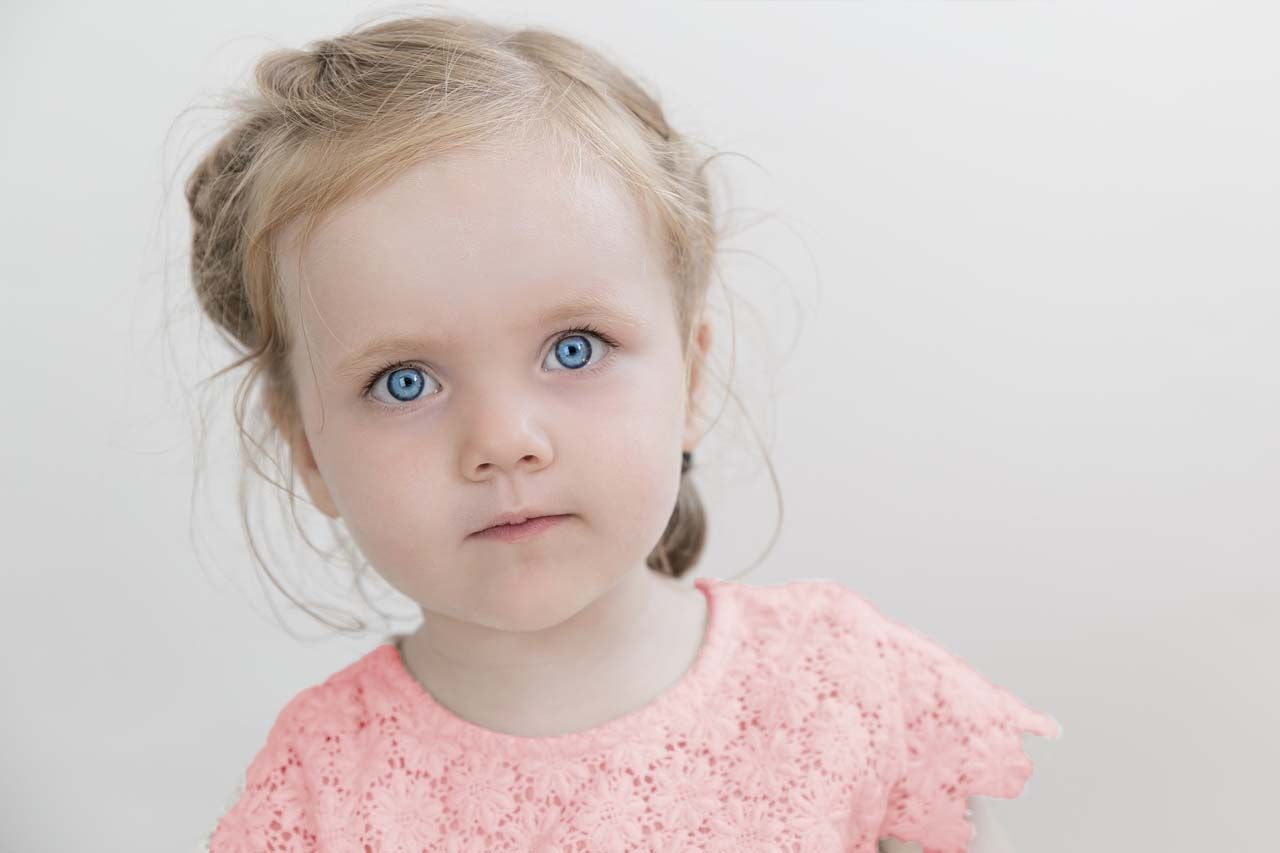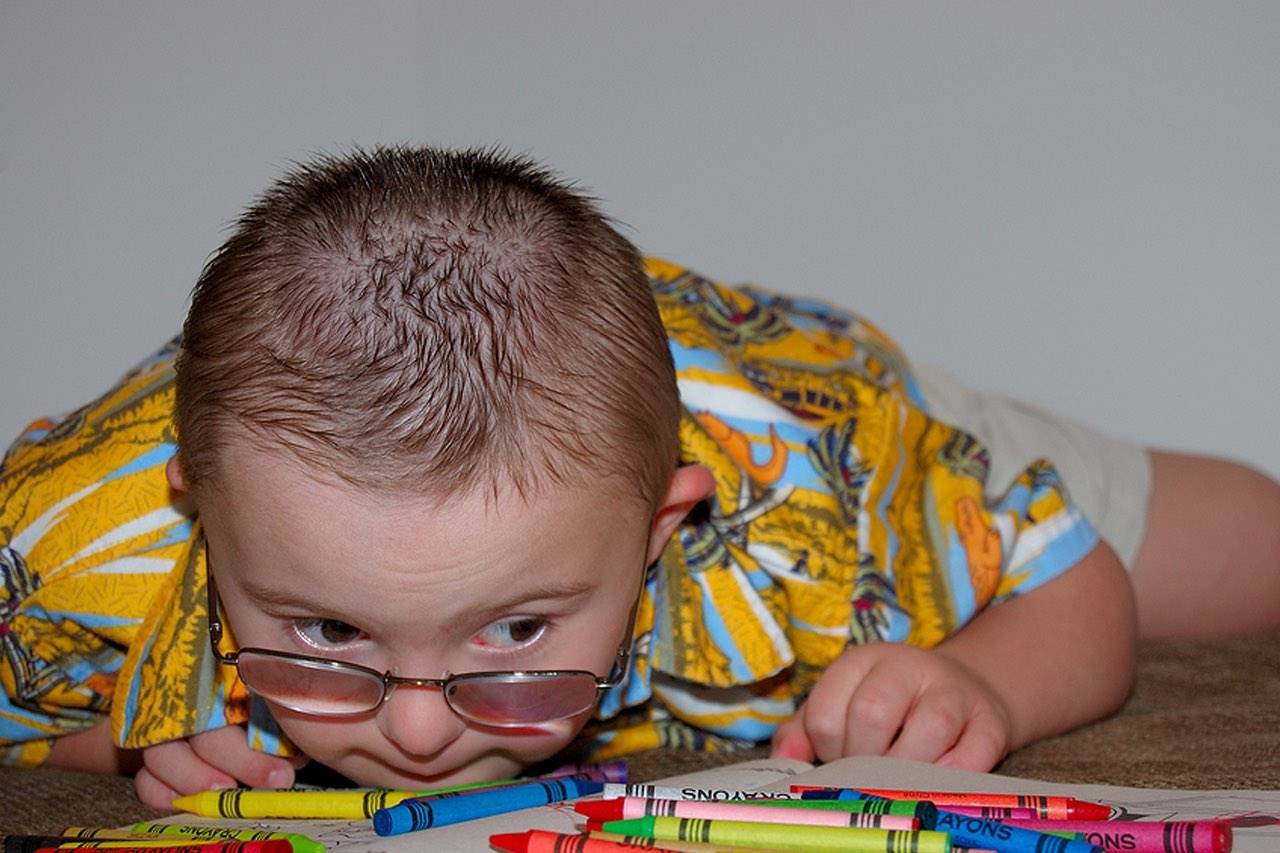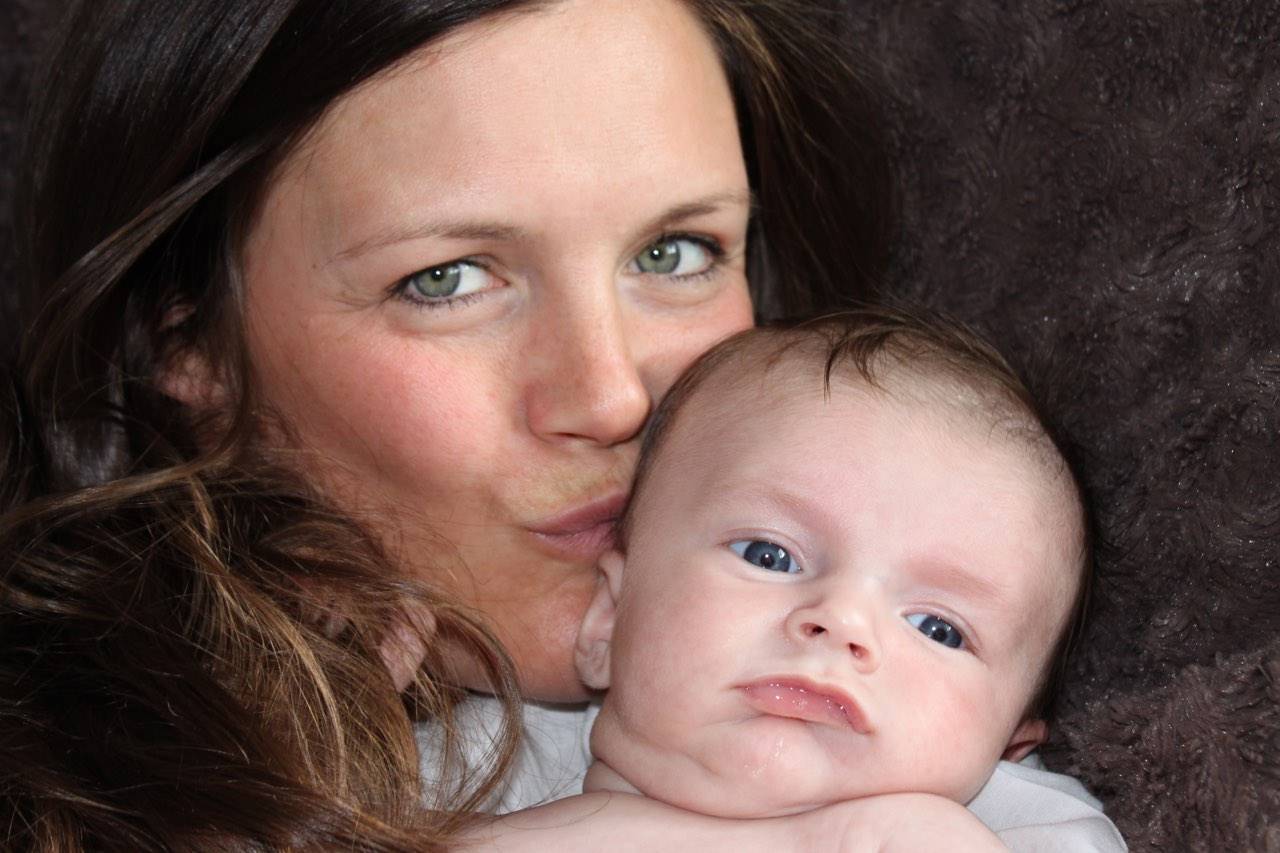Need Urgent Eye Care in Sidney, British Columbia?
We are always willing to help at Ray Dahl Optical & Optometrists should you ever experience any eye emergency. Using our state of the art equipment, our offices provide emergency services for eye injuries, eye infections, and other eye emergencies. In addition to the services we already offer you, such as routine eye exams, contact lenses, designer frames, and eyeglasses – Our optometrist is available to help with issues such as:
- Sore, uncomfortable, red, or itchy eyes
- Removal of foreign materials from the eye (such as metal or wood)
- Treatment of "pink eye" and other bacterial infections
- Sudden loss of vision in one or both eyes
- Lost or broken contact lenses or eyeglasses
- Eye trauma
- Scratched eyes
- Treatment of eye allergies or burns
- “Floaters” in the vision
- Dislodged contact lenses
- Emergency eye care
- Post-surgery symptoms
Our package is convenient and cost-effective for you and your family and rests assured that you are receiving treatment from one of the best eye care specialists in the city.
Our Optometrists
Researches have shown that a great number of eye-related Emergency room visits could have been averted if urgent care was administered earlier by an optometrist. Most common emergency room visits range from foreign bodies to eye infections, to severe eye allergies. You don’t have to visit the ER for eye emergencies. We are well equipped at Ray Dahl Optical & Optometrists to treat most eye-related emergencies.
When you encounter symptoms such as those listed above, it means you need an immediate evaluation or consultation. Please give us a call so we can set it up immediately.
Click each tab below to show:



Corneal abrasions or scratched eye is the most common form of eye injuries. Scratched eyes occur when you rub your eyes excessively after you feel something stuck in your eyes. A small scratch in the eye can lead to an infection or a fungus outbreak. It is therefore important to see your optometrist as soon as possible.
Sore or itchy eyes are often symptoms of an eye allergy. Though you may feel uncomfortable, they may not pose any major danger to the wellbeing of your eyes. But as relieved as you may feel knowing this, the symptoms still are so unpleasant that it can make your vacation unbearable. Our Optometrists are expert at treating eye allergies.
But besides eye allergies, there are other common reasons why you may have these symptoms. Have you been wearing your contact lenses for too long? If you are having additional symptoms of burning or red eyelids, it could mean you have MGD, dry eyes disease or Blepharitis. Call our practice immediately or visit any of our Eye care centers for more information.
Subconjunctival hemorrhage is what this is also called. Also referred to as eye bleeding or popped blood vessel in the white of the eyes, this is one of the most common eye injuries occurring from a number of causes, including light impact to the eye. While it could be an emergency situation in most cases, it may also be an added symptom to a condition, or will just heal by itself.
Vision Therapy For Sidney The Special Needs Community (Click below to show)



Floaters are small clouds or specks moving in your field of vision. You see them more clearly when you look at a plain background, such as a white surface or a blank wall. Floaters are tiny clumps of gel or cells inside the vitreous, the clear jelly-like fluid that fills the inside of your eye. Floaters come in different shapes, such as circles, little dots, clouds, or cobwebs.
Flashes happens when the vitreous gel inside your pulls or rubs on the retina. This produces what looks like flashing lights or lightening streaks. This is the sensation you experience when you get hit in the eye and see "stars."
If you have floaters and flashes, you should see your ophthalmologist for evaluation and possible treatment.
Stye (medically called hordeolum or hordeola (plural)) is a very common type of eyelid infection. They usually develop quite quickly, over a few days. Styes usually affect one eye only, although you can also develop more than one stye at a time. There are two types of stye: Internal stye (uncommon type) and external styes (the common type).
No treatment is often necessary for styles. Once the style has formed a 'head', burst within 3-4 days, and you’ll see the tiny amount of pus draining away and leaving no further problem. Also to help to ease soreness and manually draw the pus to a head, hold a clean flannel, which has been dipped in hot water and squeezed it dry, then gently but firmly place it against the closed eye for 5-10 minutes, 3-4 times a day.
The cornea is the front window of the eye. A corneal laceration is a cut on the cornea. It usually happens when something sharp flies into the eye or when something like metallic or hand tool strikes the eye with force. A corneal laceration is deeper than a corneal abrasion, and cuts partially or fully through the cornea. A deeper corneal cut can cause a full thickness laceration, rupturing the globe and tearing the eyeball itself.
A cut in the eye is a very serious injury that requires immediate medical attention to avoid vision loss.
Here are some steps to take if your eyes have been injured:
- Place a shield gently over the eye to protect it. Tape the bottom part of a paper cup to the area around the eye to protect your eye until you get medical help.
- do not rinse with water
- do not remove the object stuck in your eye
- do not rub or apply any pressure to eye
- Do not take ibuprofen, aspirin or other non-steroidal, anti-inflammatory drugs. These drugs may thin the blood and increase bleeding.
Once you’re done protecting the eye, rush to the emergency room and see a physician immediately.

Vision Therapy For Autism, Down Syndrome, And Cerebral Palsy
Vision problems are very common in individuals with developmental disabilities such as autism. These problems or stims include:
- lack of eye contact
- staring at spinning objects or light
- fleeting peripheral glances
- side viewing
- difficulty at maintaining visual attention
People with autism and other developmental disabilities often have trouble efficiently and accurately processing visual information, often combined with difficulty coordinating between peripheral and central vision. Following an object (eye-tracking) is also a typical problem. There is usually a preference to scan or glance at objects from the side instead of looking at it straight on. Eye movement disorders and crossed eyes are common in the autistic spectrum.
Vision Therapy is effective at in stimulating and improving proper visual responses, eye movements, and the central visual system. Vision Therapy is also effective in helping patients to to better organize visual space and gain peripheral stability so that he or she can better attend to and appreciate central vision and gain more efficient eye coordination and visual information processing. Dr. Dr. Samantha Bourdeau is certified as a Fellow of the College of Optometrists in Vision Development (COVD) and is experienced in examining and treating individuals with developmental disabilities and autism, even those who are non-verbal.
Patients with Down Syndrome overwhelmingly require eye care, with 70% requiring glasses and 45% of people with down syndrome have strabismus, which is usually best treated by a Vision Therapy Optometrist. Furthermore, there are a variety of ocular diseases associated with Down Syndrome patients such as tear duct abnormalities that can lead to severe discomfort, keratoconus (misshapen cornea) and congenital cataracts. A patient with down syndrome will also require specialized glasses made for their unique facial features.
Patients with Cerebral Palsy will most likely have visual conditions that require correction with glasses and in many cases Vision Therapy. Recent research on Vision Therapy for Cerebral Palsy is showing that it is extremely effective. Many patients with Cerebral Palsy will have Strabismus, or, “crossed eyes”, which is most effectively treated with a Vision Therapy program that is personalized to the patient.
Links to further research
http://www.aaopt.org/vision-therapy-effective-treating-visual-skills-patient-cerebral-palsy
http://www.ovpjournal.org/uploads/2/3/8/9/23898265/ovp3-5_article_kress_web.pdf

Compete At A Higher Level With Sports Vision Therapy
2020 eyesight and good hand-eye coordination are not enough to maintain peak performance for sports. We tend to underestimate the complexity and challenge posed to our visual system when we try to hit a ball moving at 65-80 miles per hour. Sports Vision Training uses the principals of vision therapy in research-backed therapy that improves sports performance through improving skills such as:
- Better hand-eye coordination
- Improved depth perception and estimation
- Faster reaction times
- Vision and balance
- Precise eye movement and tracking
For more information about these services contact your Vision Therapy Eye Doctor at Ray Dahl Optical & Optometrists.

